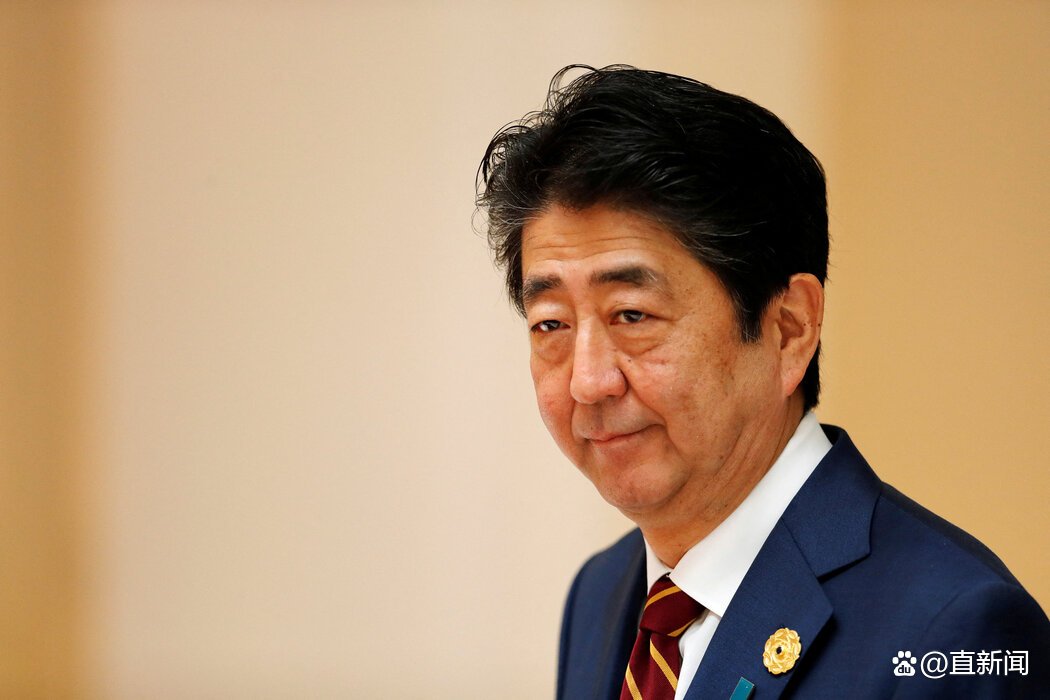Longyan: Pursuing the ancestors' footprints, telling red stories
Author:Dragon rock Time:2022.09.13
On September 13th, it was organized by the Propaganda Department of the Provincial Party Committee to re -enter the central red traffic line theme interview event and walked into Yongding. The media lineup was strong. The Straits Herald and other media are composed of many media, which aims to pursue the ancestors' footprints, tell red stories, and protect, inherit, inherit and promote red culture such as central red traffic lines.

According to reports, the central red traffic line is known as the "blood of the Chinese Soviet Republic". It is a beautiful landscape in the history of the magnificent Chinese revolution, and has made a unique contribution to the victory of the Chinese Revolutionary War. On the afternoon of the 13th, the first stop of the interview group came to Yongding District, and inspected the site of the Bo Gongwa traffic station, the Central Red Transportation Line Memorial Hall, and the Jincun Village of Jinsha Town. "The great and secret history on the road.

The Herald reporter was informed that the red transportation line in the Central Soviet Area was founded in the early 1930s and was a southern transportation line connected by the CPC Central Committee and the revolutionary bases. Departed from Shanghai, via Hong Kong, Guangdong Shantou, Chaozhou, Qingxi, Fujian Yongding, Shanghang, Changting and other places to Jiangxi Ruijin, led by the CPC Central Committee of Transportation Bureau.
The western Fujian traffic station established in Yongding is tied with Hong Kong as two major stations. It is the only large station established by the central red transportation line in the Mainland. Supervisor), Yongding, as the location of the western Minxi Transportation Station, is the central hub of the central red transportation line. It has played an irreplaceable role in transmitting information, escort personnel, and transportation.
At the scene, members of the interview group said that the red traffic line in the Central Soviet Area made great contributions to the revolution in a specific historical period. Through on -site interviews, it further deepened the understanding of this revolutionary history and will make full use of its own "pen" power. Further promote the protection and utilization of the central red traffic line, inherit the red gene, and show the Communists' firm beliefs that the Communist Party's loyalty, strict discipline, and not afraid of difficulties, and help to create a happy Longyan with temperature.
In recent years, the Provincial Party Committee and the Provincial Government have attached great importance to the protection, inheritance and promotion of red culture such as central red transportation lines, adhere to creative transformation and innovative development, and further do a good job in the protection and utilization and expansion of the central red traffic line, with significant results.
It is reported that the theme interview will last for 5 days. The interview group will also walk into Shanghang, Changting, Liancheng and other places to continue to visit the former site of the Soviet government in Fujian Province and the red traffic line site.
Further reading: For the sake of belief in the heart, a seven martyrs sacrificed on the red traffic line
In order to protect the central red transportation line, the Bogong Caval of the Bo Gong Village in the suburbs of Yongding City participated in the work of the traffic station almost in the family. More than 10 people in the village of less than 30 people presented precious lives to the revolution. Chunren, Zou Furen, Zou Changren, Zou Qilong, Zou Jinfa and other "Bogong Qiqi Loyalty" red traffic staff heroes, the deeds are moving.
Zou Duanren (1893-1934): The main person in charge of the Bogong Cava Traffic Station. In Guangdong, he was pretended to be a boss to buy military salt. He was betrayed by traitors at Changzhi Party Ping Village on the road to return.
Zou Zuoren (1900-1933): One of the former heads of the Dapu Underground Party Committee, sacrificed when he was escorted by Sanheba in Tai Po.
Zou Foren: The red traffic line escorted the players, who were arrested by the people for betrayal, and was beheaded by the Kuomintang at the entrance of Dang Ping Village to show the public and sacrificed fiercely.
Zou Changren: The red transportation line escorted the team members were arrested for being betrayed by the traitor. A bridge head of Dangping Village was tied to the pillars by the Kuomintang and was dug on the pillars.
Zou Chunren (1911-1932): Red traffic line escorted players, while escorting the cadres of the Soviet area, were sold by traitors in the family of the connection households in Taokeng Village. The enemy was sacrificed by besieged.
Zou Zhen (Jin) (Jin) (1911-1931): Red traffic line escorted players, killed by the enemy at the foot of Bogong Gaoshan in 1931.
Zou Qilong: The red traffic line escorted players, died in the battle with the enemy in Xunan, Yongding County in March 1949.
A seven heroes are moving, and they are just a microcosm of the martyrs who fight on the secret front. "For the sacrifice, dare to call the sun and the moon to change the new heaven." A simple sentence, how many martyrs and successive bleeding and sacrifice, Big Gong Qi Qi Zhonglie is a true portrayal, and everything is just for the hearts of the heart Belief light.
Herald reporter Li Darongwen/Picture
- END -
The first anniversary of the carbon market in the country!See the key data of Heilongjiang carbon transaction

On July 16th, it was the first anniversary of launch trading in the national carbo...
Hospital: Abe died at 17:03 local time and died in "Big Bleeding"

At around 18:00 local time, a press conference held a press conference on Nara Cou...